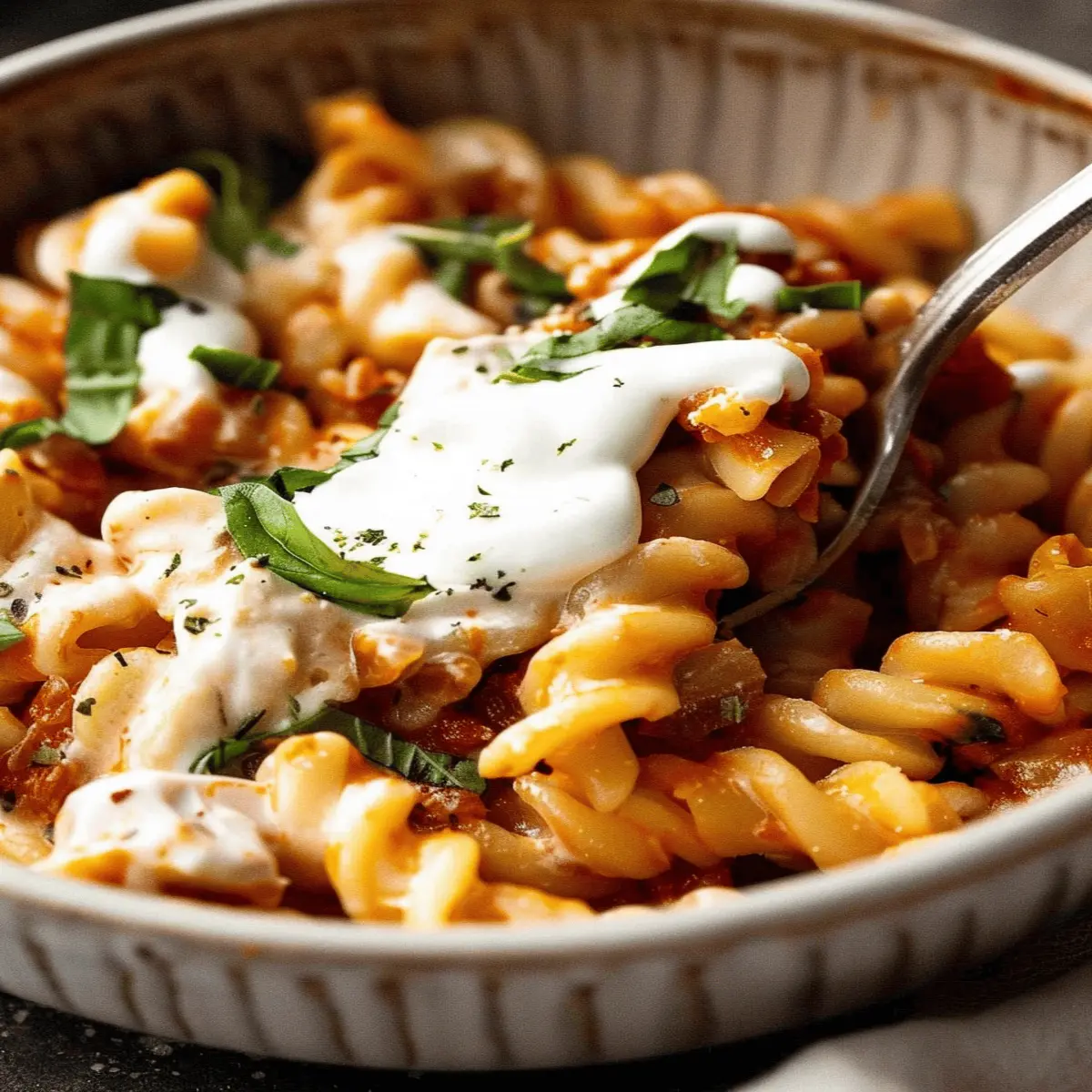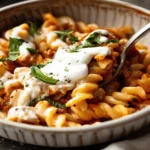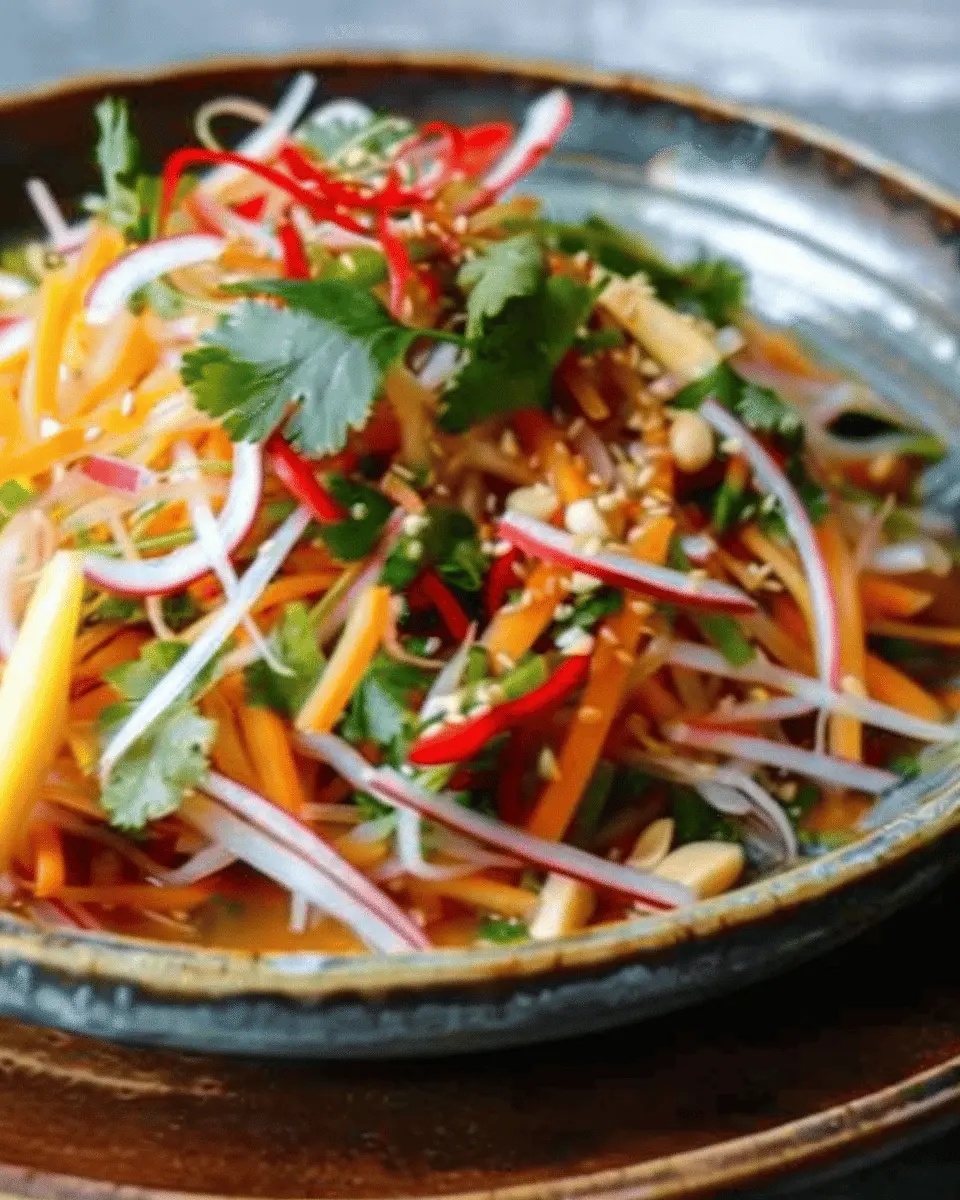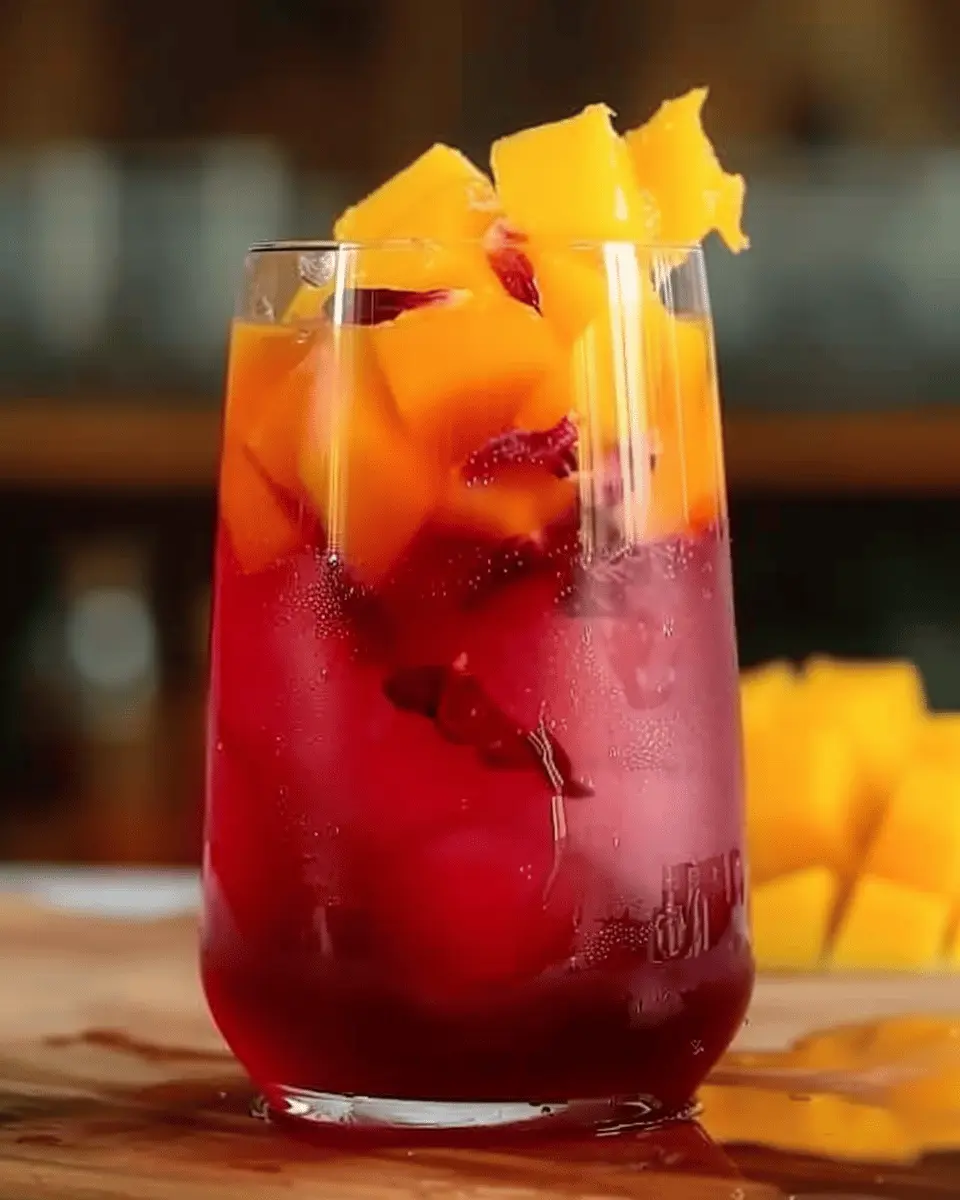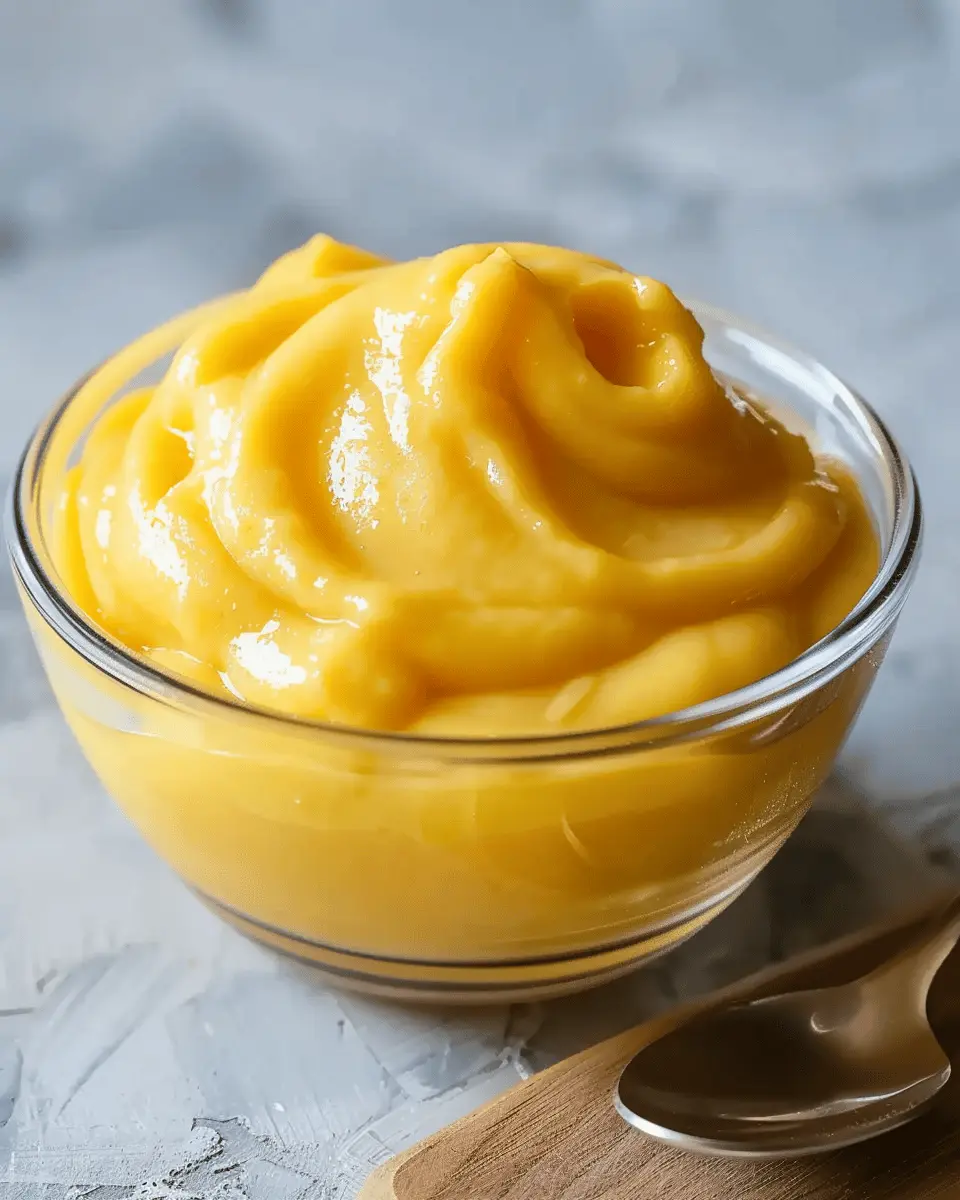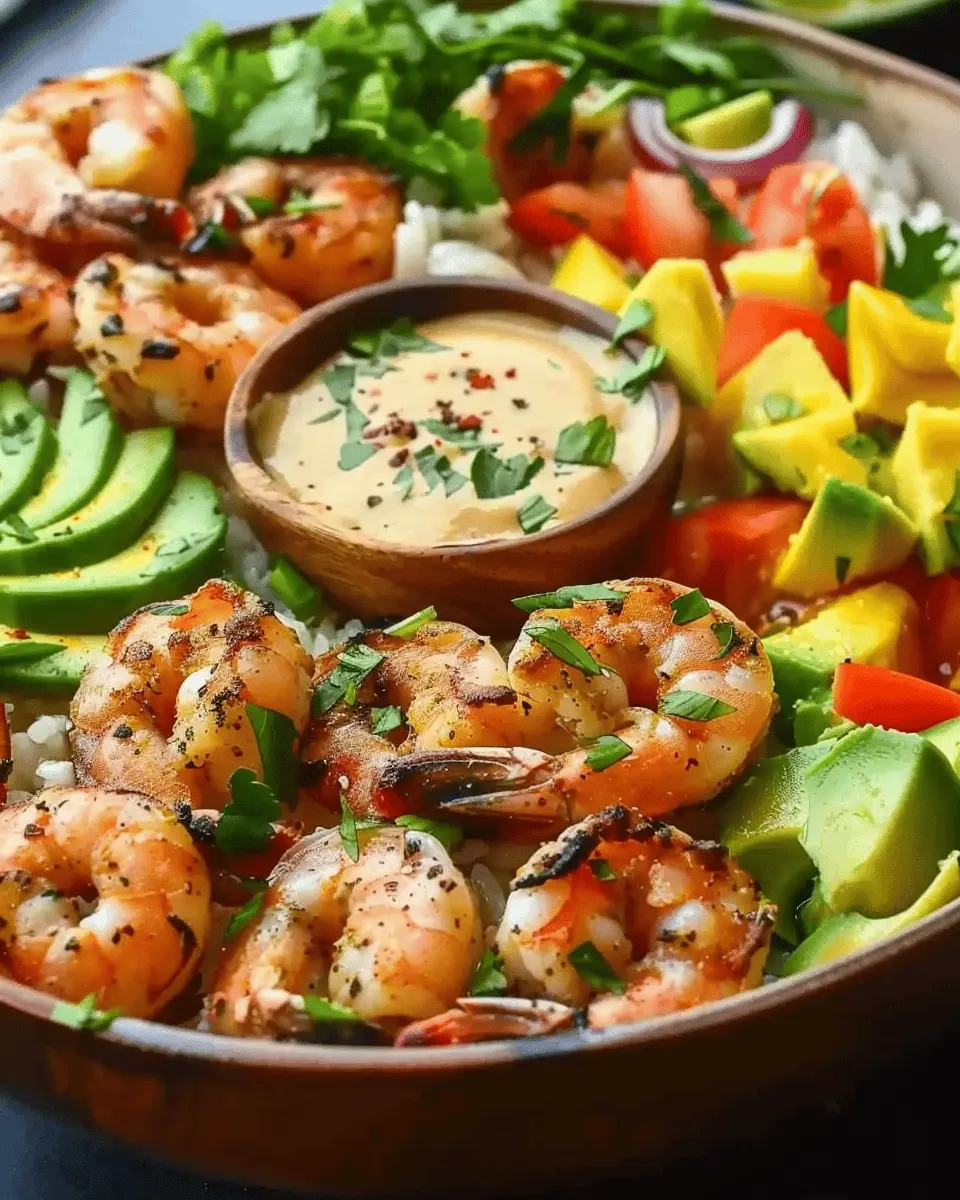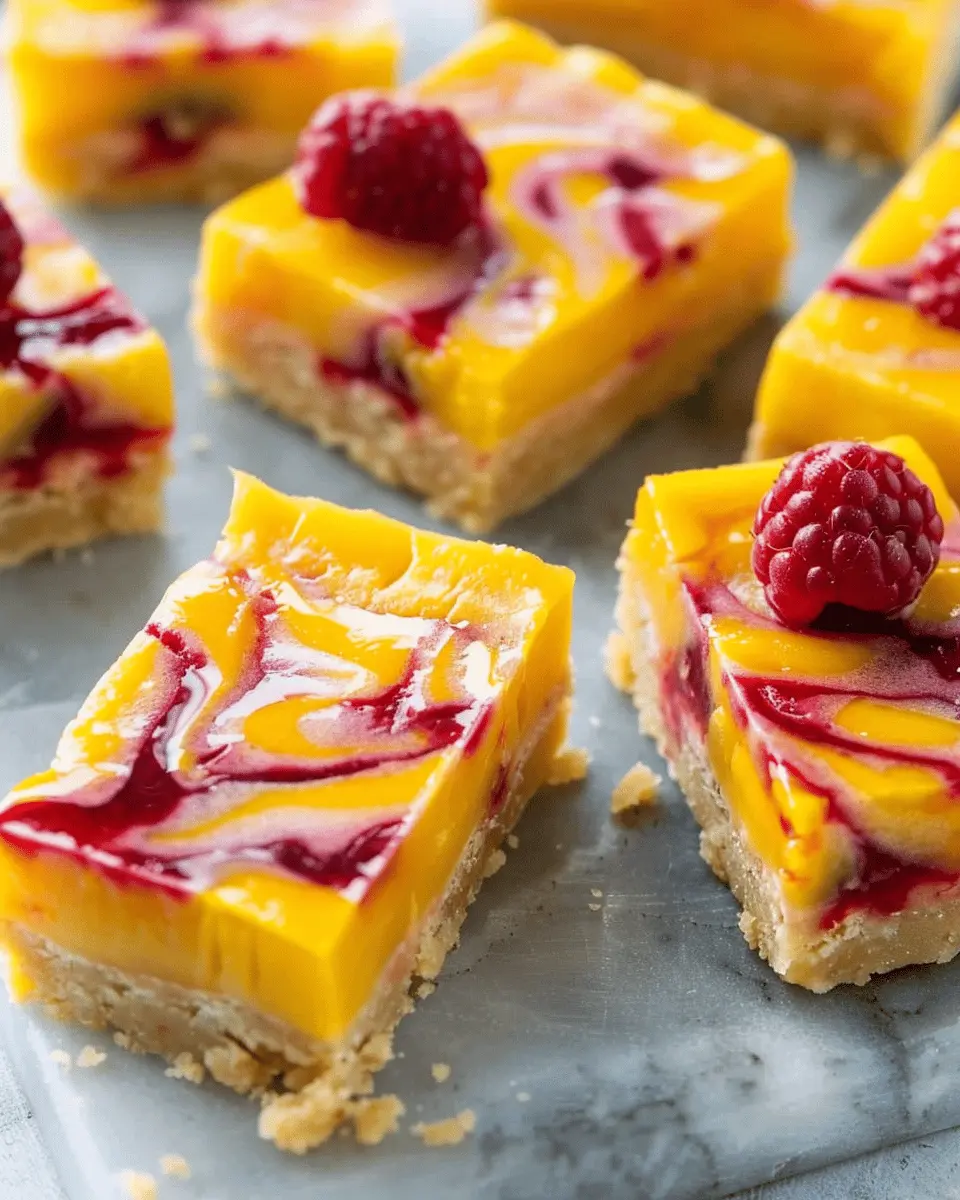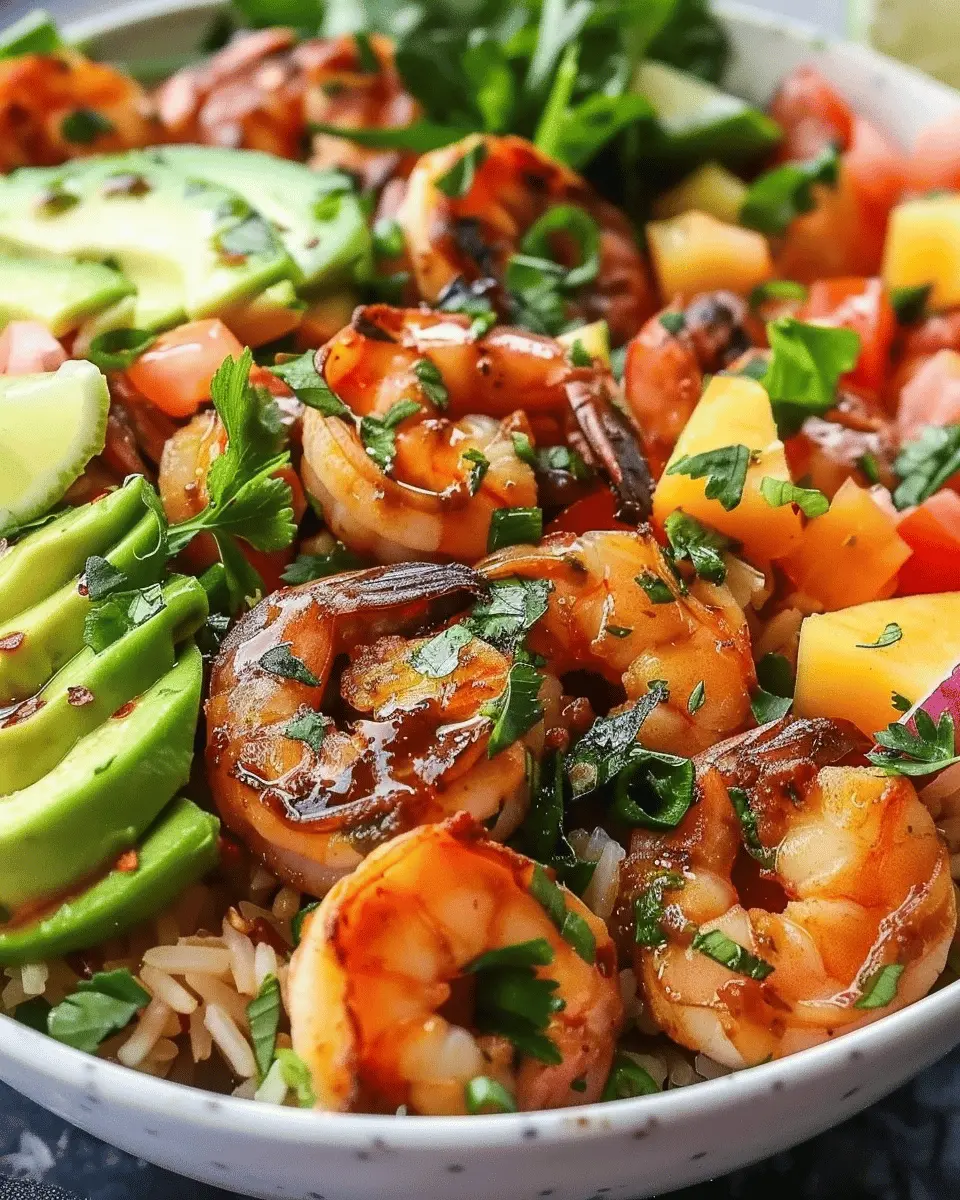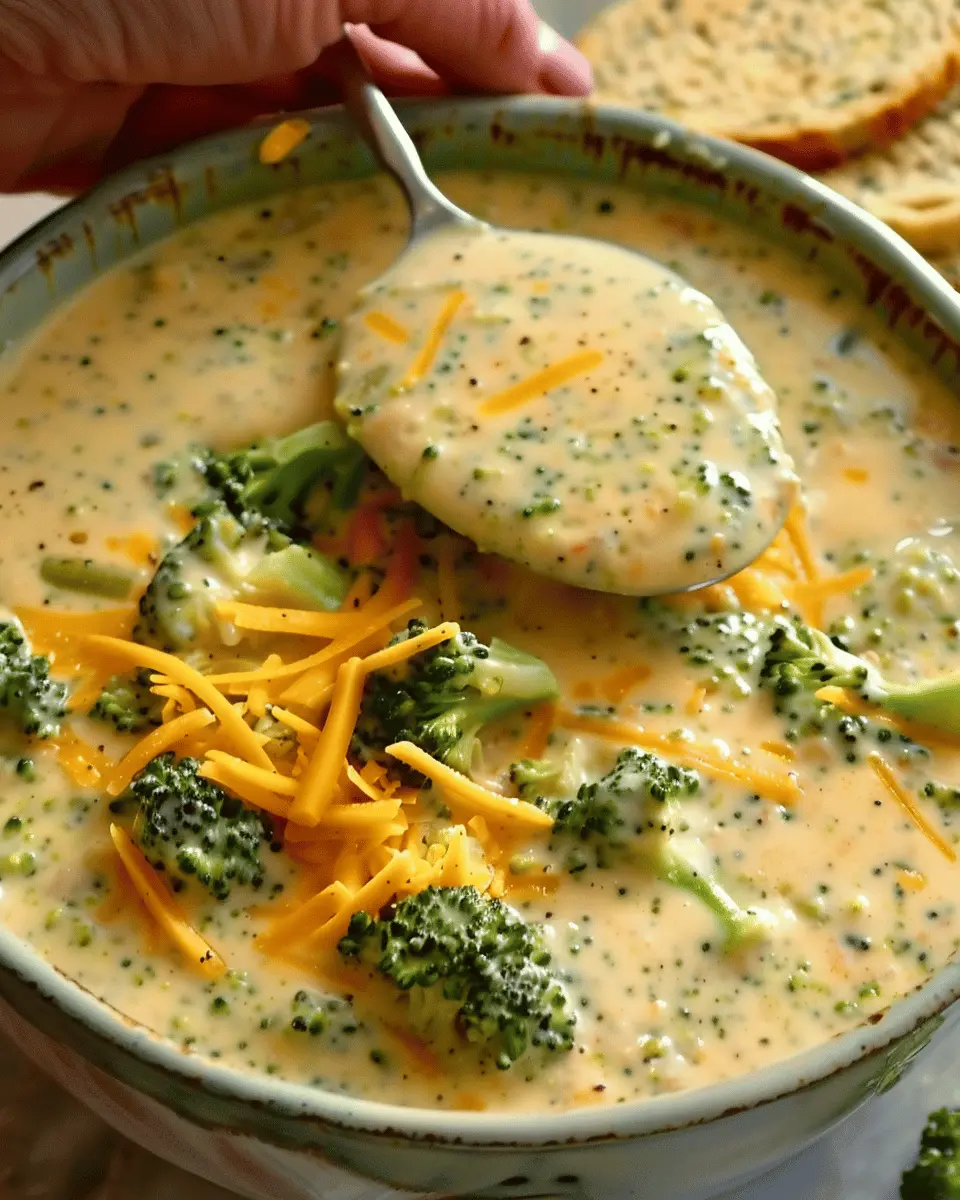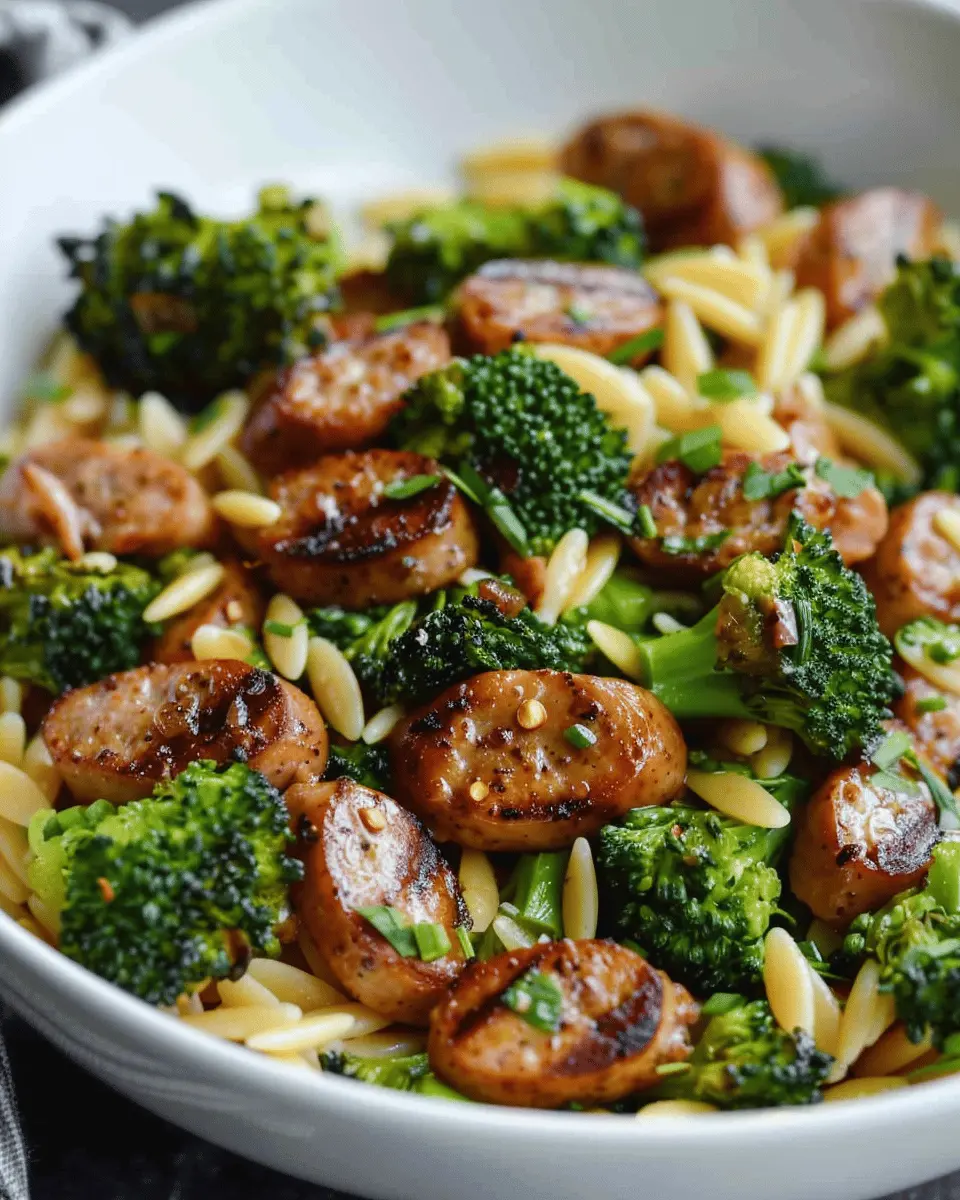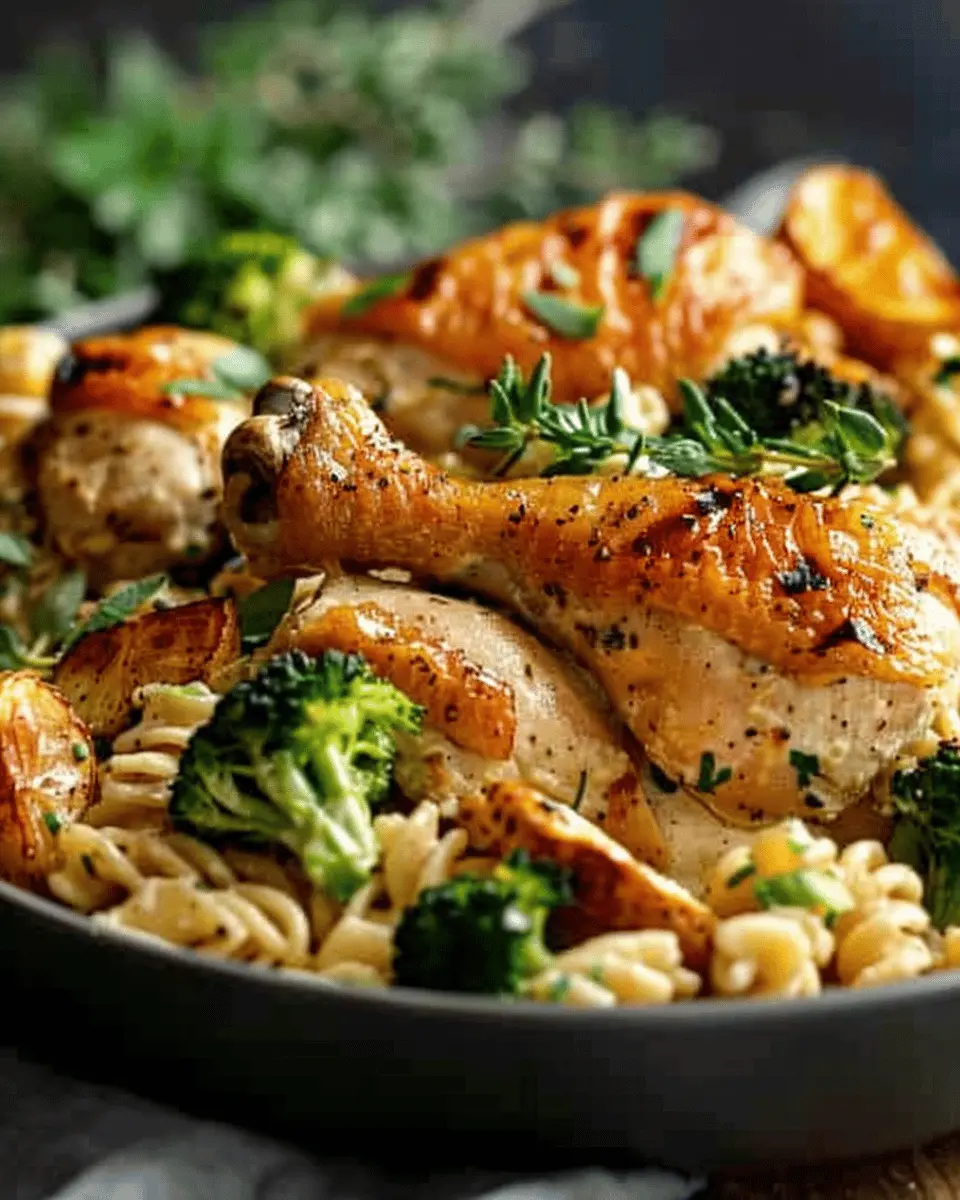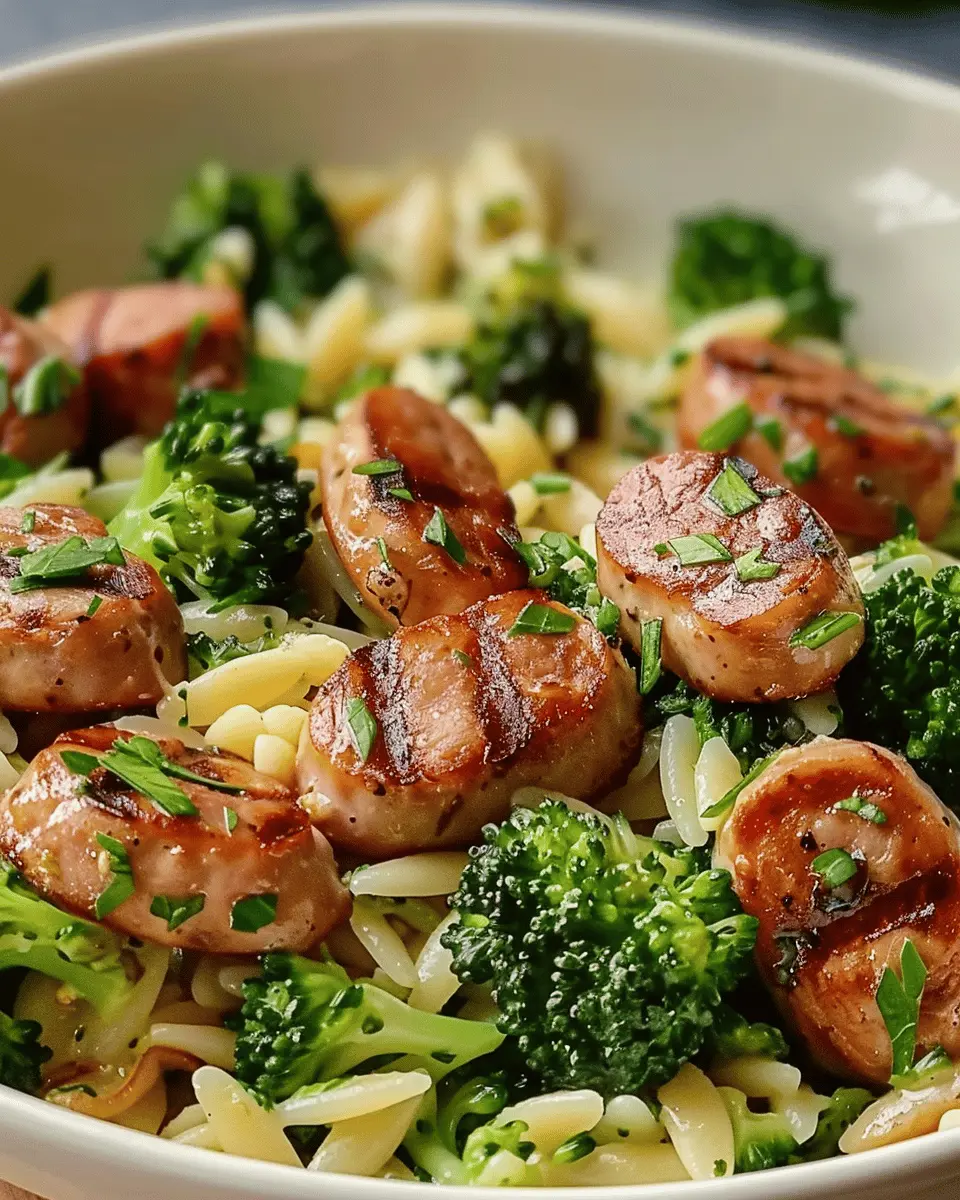Introduction to Pasta Ricotta
The Joy of Homemade Pasta
There’s something truly magical about the experience of making pasta ricotta from scratch. Not only does it fill your kitchen with the comforting scents of warm dough and creamy cheese, but it also serves as a wonderful reminder of the beauty of homemade meals. Whether you’re a seasoned cook or just starting in the kitchen, making pasta can be a fulfilling endeavor.
Creating your own pasta offers numerous advantages. For one, it allows you to customize the flavors and textures to suit your taste preferences. Perhaps you enjoy a delicate, thin pasta that clings perfectly to a rich sauce or a rustic, thicker variety that holds its shape in heartier dishes. The beauty of homemade pasta is that the choice is yours!
Moreover, homemade pasta can also be healthier than store-bought options. With the ability to control the ingredients, you can use high-quality flour and fresh eggs. Plus, you can avoid preservatives and additives. According to a study by the Harvard School of Public Health, indulging in whole grains like pasta made from whole wheat flour can be a heart-healthy choice.
To further elevate your pasta ricotta dish, consider the quality of your ricotta. Whether you opt for store-bought ricotta or attempt making your own from scratch, the quality of ingredients can dramatically influence the final outcome. If you’re looking for a great homemade ricotta recipe, check out Serious Eats for a fantastic guide.
As you embark on your pasta-making adventure, don’t hesitate to experiment! Try adding in some fresh herbs like basil or parsley to your dough for a flavorful twist or consider incorporating some spinach for added nutrition. By engaging in this process, you’re not only cooking; you’re exploring creativity and elevating your culinary skills.
So, gather your ingredients and let’s dive into the delightful world of pasta ricotta! With every roll of the dough and spoonful of ricotta, you’ll discover that making pasta isn’t just about food—it’s about the joy and connection it can bring to your kitchen and those you share it with.
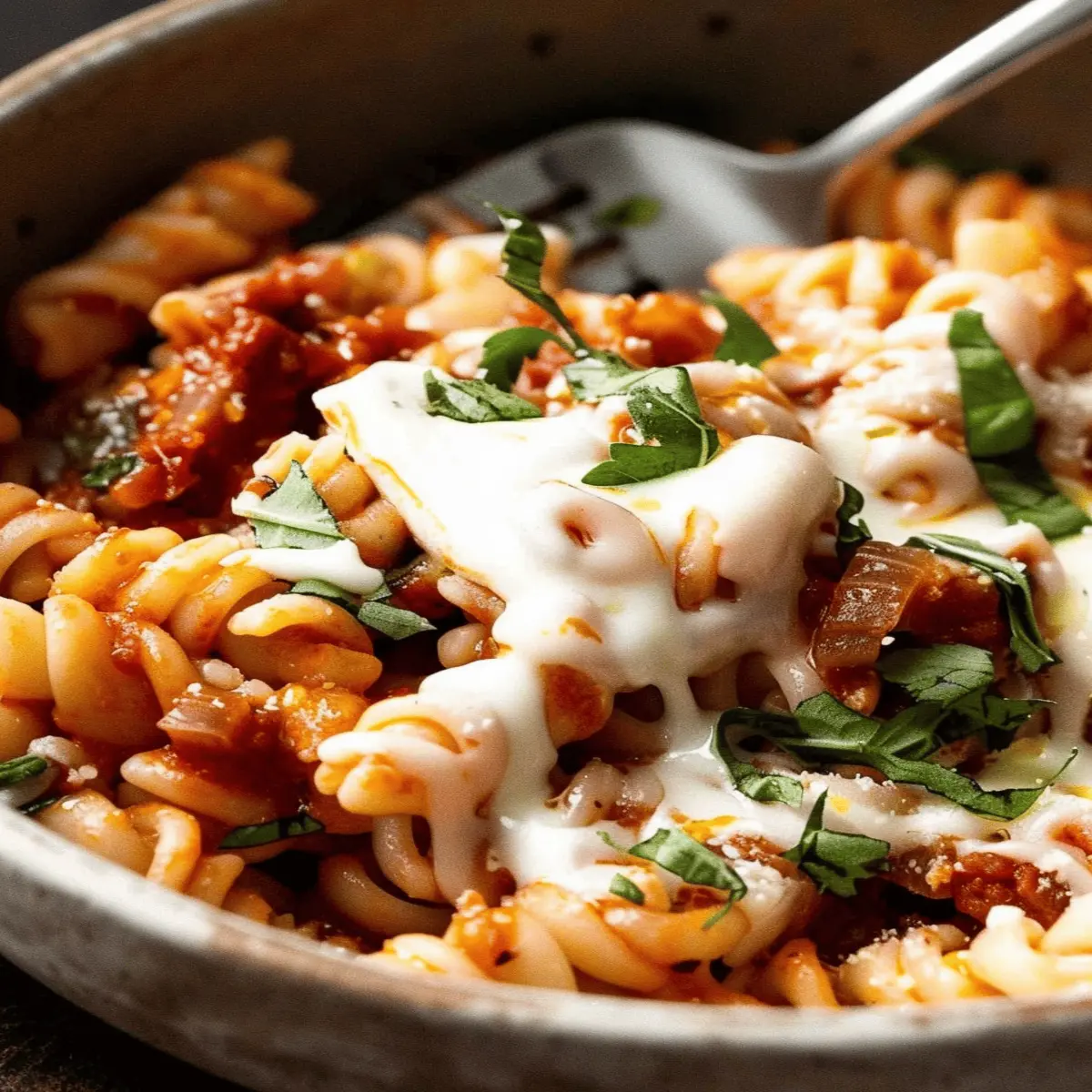
Ingredients for Pasta Ricotta
Essential Ingredients
To whip up a delightful pasta ricotta dish, you’ll need a few key ingredients that come together in harmony to create magic:
- Pasta: Choose your favorite type, like penne or fettuccine, for the perfect base.
- Ricotta Cheese: This creamy ingredient is essential for that signature richness.
- Parmesan Cheese: Freshly grated enhances the flavor and adds a savory punch.
- Eggs: One or two help bind everything together for a satisfying texture.
- Fresh Herbs: Basil or parsley brighten the dish and add freshness.
- Olive Oil: A drizzle adds depth, making every bite more delightful.
- Salt and Pepper: Essential for seasoning, bringing out the best in all flavors.
Optional Add-ins
Feeling adventurous? Here are some optional add-ins to customize your pasta ricotta:
- Vegetables: Spinach, zucchini, or roasted cherry tomatoes make wonderful additions.
- Proteins: For a heartier meal, consider chopped chicken or sautéed mushrooms.
- Nuts: Toasted pine nuts or walnuts add a crunchy texture that’s irresistible.
Experimenting with these ingredients not only personalizes your dish but also makes it your own! For more inspiration, check out this guide on cheese types that can elevate your cooking. Happy cooking!
Step-by-Step Preparation of Pasta Ricotta
Cooking pasta is one of those skills that every young professional should master, and making pasta ricotta is an excellent way to start. Not only is it largely a straightforward process, but it’s also incredibly rewarding when you get to enjoy a delicious homemade meal. So, let’s roll up our sleeves and get into the nitty-gritty of preparing this delightful dish!
Gather Your Ingredients
Before diving into preparation, it’s crucial to have everything you need on hand. Here’s your shopping list:
-
For the Pasta Dough:
-
2 cups all-purpose flour
-
3 large eggs
-
A pinch of salt
-
For the Ricotta Filling:
-
15 ounces fresh ricotta cheese
-
1 cup grated Parmesan cheese (or Pecorino for a sharper taste)
-
1 egg
-
Fresh parsley, finely chopped (about 2 tablespoons)
-
Salt and pepper to taste
Having all your ingredients ready will save you time and keep the cooking process smooth. Plus, it allows you to focus on the fun part—creating delicious pasta ricotta!
Prepare the Ricotta Mixture
Once you have your ingredients, it’s time to whip up the ricotta filling, the heart of this dish.
- In a mixing bowl, combine the fresh ricotta, grated Parmesan, and the egg.
- Add the herbs. Toss in the finely chopped parsley and sprinkle with salt and pepper to taste.
- Mix thoroughly until all the ingredients are well incorporated. This mixture is not only simple to prepare but also bursting with flavor.
If you’d like to learn more about different types of cheeses to use in your recipes, check out this cheese guide.
Make the Pasta Dough
Now that your filling is ready, let’s get our hands a bit messy with the pasta dough.
- On a clean surface, mound the flour and create a well in the center.
- Crack the eggs into the well and add a pinch of salt.
- Using a fork, slowly incorporate the flour into the eggs until a rough dough starts to form.
- Knead the dough by hand for about 8-10 minutes, or until it becomes smooth and elastic.
Don’t fear the kneading process; it’s a bit like a workout, but the results are well worth it. You want to aim for that perfect texture — firm, yet pliable.
Roll Out and Cut the Pasta
Once your dough is ready, it’s time to shape it.
- Divide the dough into four pieces. Keep the other pieces covered with a cloth to prevent them from drying out.
- Roll out one piece using a pasta machine or a rolling pin until it’s thin enough to see your hand underneath. Be sure to dust with flour to prevent sticking.
- Cut the dough into squares or circles (about 3 inches in diameter) for each pasta ricotta piece.
Getting the pasta thickness just right can be tricky at first, but practice makes perfect. Remember, the thinner the pasta, the more delicate your dish will be.
Cook the Pasta
Time to give that fresh pasta some heat!
- Bring a large pot of salted water to a rolling boil.
- Carefully drop the pasta squares into the boiling water.
- Cook for about 2-4 minutes until they float to the top. Fresh pasta cooks much faster than dried pasta, so keep an eye on it!
Once done, use a slotted spoon to transfer the pasta to a plate, allowing excess water to drain.
Combine with Ricotta
Finally, we get to the best part — mixing everything together!
- Take a generous spoonful of ricotta mixture and place it in the center of each pasta square.
- Fold the pasta over and seal the edges well with your fingers to prevent any filling from leaking out during cooking.
- Gently slide the filled pasta back into the boiling water for another minute.
Congratulations! You’ve just created a beautiful dish of pasta ricotta. Serve it warm with some extra parmesan and a drizzle of olive oil. Your friends and family are sure to be impressed!
Cooking, like life, takes patience and practice to master. Don’t worry if it doesn’t turn out perfectly the first time; enjoy the process and remember that the tastiest meals come from the heart!
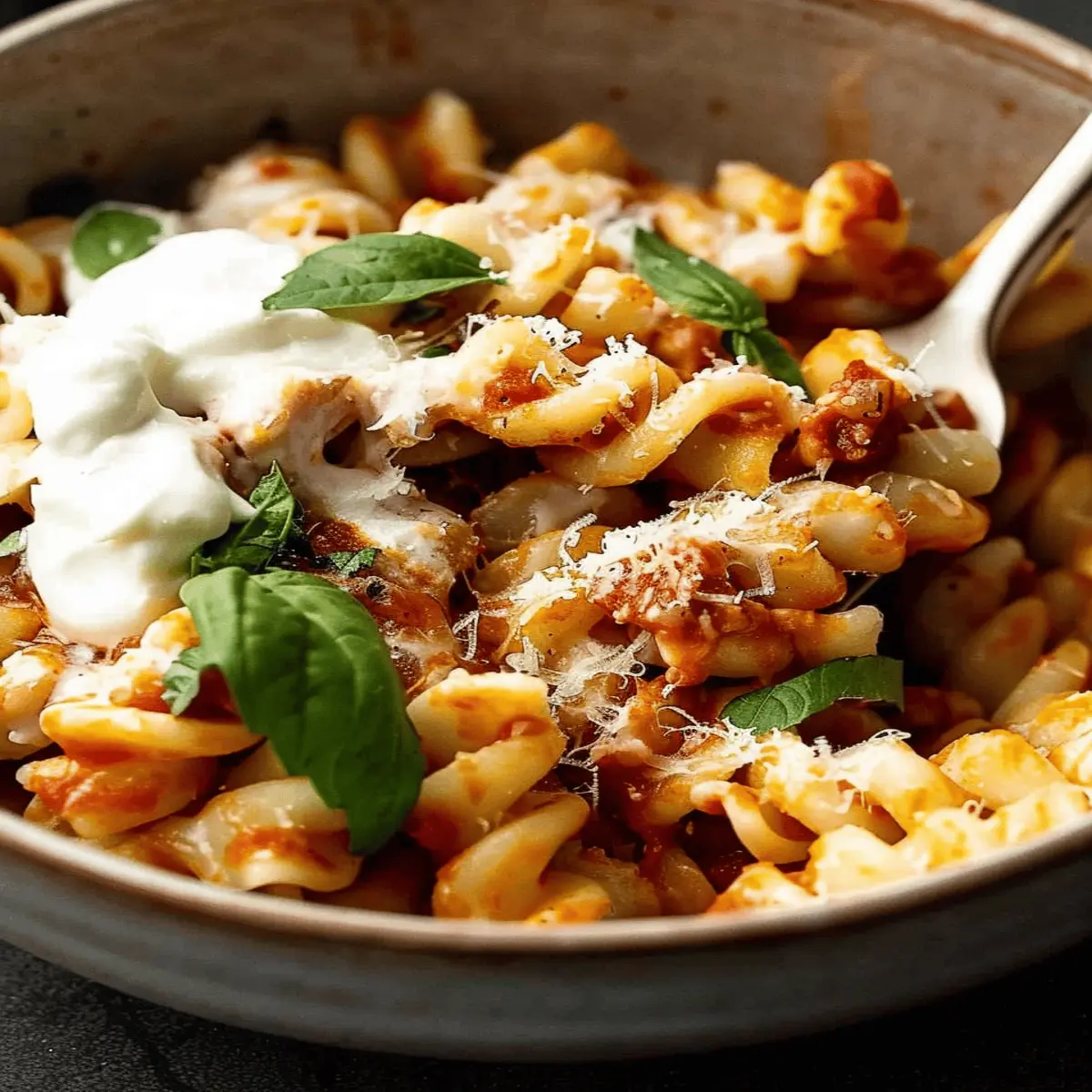
Variations of Pasta Ricotta
Pasta Ricotta is a versatile dish that can easily adapt to your taste preferences, allowing you to experiment with different flavors and ingredients. Let’s explore some delightful variations that will elevate your pasta night to a whole new level!
Spinach and Ricotta Pasta
One of the classic combinations is spinach and ricotta. This variation adds a nutritious twist, with the spinach lending vibrant color and a mild earthy flavor. Simply sauté fresh spinach in olive oil with garlic, and then mix in creamy ricotta cheese. Toss this mixture with your favorite pasta, and you’ve created a dish that’s not only delicious but also packed with vitamins. For an extra layer of flavor, consider sprinkling some freshly grated parmesan on top or a handful of pine nuts for crunch!
For more on cooking with greens, check out this informative guide on health benefits.
Tomato and Ricotta Cream Sauce
If you crave something rich and comforting, why not try a tomato and ricotta cream sauce? Start by simmering ripe tomatoes with herbs like basil and oregano. Once the sauce thickens, stir in ricotta until it’s creamy and luxurious. The result is a perfectly balanced dish where the acidity of the tomatoes complements the richness of the ricotta. Often, the best flavor comes from using high-quality ingredients, so don’t hesitate to invest in good tomatoes.
Vegan Pasta Ricotta
For those following a plant-based diet, a vegan pasta ricotta option is both delicious and easy to make. Blend soaked cashews with nutritional yeast, lemon juice, and your choice of spices to create a dairy-free ricotta alternative. This not only mimics the creaminess of traditional ricotta but also packs a punch of flavor. It’s a fantastic choice if you’re looking to impress your vegan friends or simply want to try something different.
As you can see, the variations of pasta ricotta are endless! Which version will you try first?
Cooking Tips and Notes for Pasta Ricotta
Best Practices for Dough Handling
When making pasta ricotta, the handling of your dough plays a crucial role in achieving that perfect texture. Here are some tips:
- Keep It Cool: Ensure your ingredients, especially eggs, are at room temperature—this helps in better mixing.
- Knead with Care: Don’t over-knead! Just enough to bring it all together and form a smooth ball. A rough, rustic texture can add character to your dish.
- Resting Time: Allow the dough to rest for at least 30 minutes. This relaxes the gluten, making it easier to roll out.
Perfect Cooking Tips
Cooking your pasta ricotta properly is key to a delightful experience:
- Salt Water Generously: Your pasta water should taste like the sea. This technique enhances the flavors as the pasta cooks.
- Timing is Everything: Fresh pasta cooks much faster—usually 2 to 4 minutes. Keep an eye on it to avoid overcooking.
- Reserve Pasta Water: Before draining, save a cup of the cooking water. This starchy liquid can be a great addition to your sauce for a creamy texture.
With these tips, you’ll create a delicious pasta ricotta that your friends and family will rave about. For more pasta-making techniques, consider checking out resources like the Pasta Grannies website, where you’ll find invaluable insights. Happy cooking!
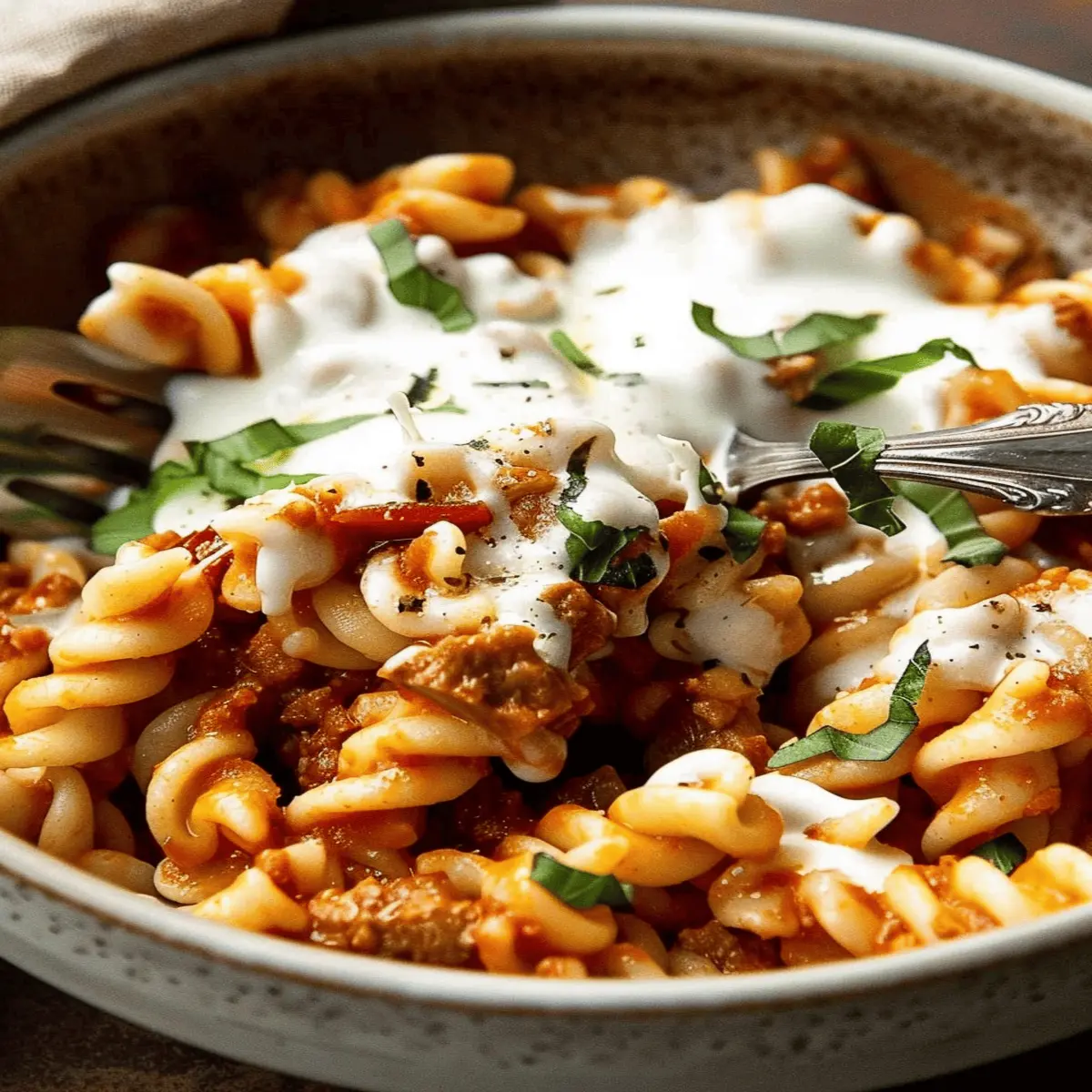
Serving Suggestions for Pasta Ricotta
Ideas for Pairing
When it comes to pasta ricotta, think about complementing flavors that elevate the dish. A fresh salad with arugula, cherry tomatoes, and a squeeze of lemon creates a vibrant contrast. For proteins, grilled chicken or sautéed shrimp adds heartiness, while roasted vegetables offer a burst of color and nutrition. For those cheese lovers, a sprinkle of parmesan or crushed feta enhances richness.
If you’re in the mood for something extra, consider serving it with a side of garlic bread or crispy bruschetta. For beverages, a crisp white wine, like Pinot Grigio, pairs beautifully, offering a refreshing balance to the creamy texture of the ricotta.
Presentation Tips
Making your pasta ricotta visually appealing is as easy as it is rewarding! Start by twirling the pasta onto the plate for an elegant presentation. Finish with a drizzle of olive oil and a sprinkle of fresh herbs, such as basil or parsley. Adding colorful cherry tomatoes and even a few shavings of lemon zest can create beautiful layers on the plate.
For tips on plating like a pro, check out resources from culinary experts at sites such as Serious Eats or Bon Appétit. Don’t forget, we eat with our eyes first—so have fun with it!
Time Breakdown for Pasta Ricotta
Preparation Time
Getting started on your pasta ricotta dish is quick! You’ll spend about 10-15 minutes prepping ingredients, like chopping herbs or measuring out your ricotta and Parmesan. Those minutes fly by when you’re focused on creating something delicious.
Cooking Time
Once everything’s prepped, the cooking part will take about 20 minutes. After boiling your pasta, it’s just a matter of mixing everything in your favorite skillet to bring those flavors together.
Total Time
In total, expect to invest around 30-35 minutes from start to finish. Perfect for a weeknight dinner when you want something homemade without spending all evening in the kitchen! Interested in more time-saving tips? Check out this article on quick pasta meals for versatile ideas. Why not give it a go tonight? Your taste buds will thank you!
Nutritional Facts for Pasta Ricotta
Understanding the nutritional profile of your favorite pasta ricotta dish can be enlightening, especially for those keen on maintaining a balanced diet. Let’s break down the essential components that contribute to this delicious meal.
Calories
A typical serving of pasta ricotta can contain around 350-400 calories, depending on the portion size and added ingredients. This makes it a satisfying choice that keeps you energized throughout the day.
Carbohydrates
In every serving, expect to find approximately 45-50 grams of carbohydrates. This includes both complex and simple carbs, which offer a great source of energy. Enjoying this dish post-workout can help replenish glycogen stores!
Protein
Protein content is where ricotta shines! You’ll get about 15-20 grams of protein per serving. This nutrient plays a critical role in muscle repair and growth. For more insights on dietary protein needs, check out resources from the National Institutes of Health or the American Dietetic Association.
Now that you know the nutritional breakdown, you can enjoy your pasta ricotta guilt-free, knowing it’s not only delicious but also nourishing! Ready to dig into those flavors?
FAQ About Pasta Ricotta
How do I store leftover pasta ricotta?
If you find yourself with any pasta ricotta leftovers, don’t fret! Storing them properly can help maintain their deliciousness for future meals. First, make sure to let the pasta cool down to room temperature. Then, transfer it to an airtight container. You can keep it in the fridge for up to three days. Just reheat gently in the microwave or on the stove, adding a splash of water or olive oil to restore its creamy texture.
Can I freeze pasta with ricotta?
Absolutely! Freezing pasta ricotta is a great way to save time for those busy weeknights. To do this, portion the pasta into freezer-safe bags or containers, ensuring you remove as much air as possible. It can last up to two months in the freezer. When you’re ready to enjoy it again, just thaw in the fridge overnight and warm it up gently, adding a fresh sprinkle of cheese or herbs for that just-cooked flavor.
What is the best type of ricotta to use?
When it comes to ricotta, quality matters! Look for fresh, whole milk ricotta that has a creamy texture. You might even consider trying imported Italian ricotta for an authentic touch. However, if you’re health-conscious, part-skim versions can also work well. Just keep in mind that they might yield a slightly less creamy result. For a deeper dive into the creamy world of ricotta, check out this guide by Serious Eats to find your perfect match!
Embrace the joy of leftovers and experimentation; after all, delicious meals are just a few thoughtful steps away!
Conclusion on Pasta Ricotta
Embracing Homemade Comfort
There’s something incredibly satisfying about preparing pasta ricotta from scratch. Eating a warm bowl of this creamy delight feels like a delicious hug after a long day. Whether you’re busy with work or winding down on a weekend, this dish proves that comfort food doesn’t have to be complicated.
Enjoy the rich flavors of ricotta paired with your favorite pasta, and feel free to get creative with ingredients. Remember, the magic of cooking lies in experimentation. If you’re curious, check out resources like Bon Appétit for tips on flavor combinations.
So, gather your ingredients, invite some friends over, and share the love that comes with homemade pasta ricotta! Making it together can be just as magical as savoring each bite.
PrintPasta Ricotta: The Creamy Indulgence You’ve Been Missing
Experience the luxurious texture of creamy pasta ricotta, perfect for any occasion.
- Prep Time: 10 minutes
- Cook Time: 20 minutes
- Total Time: 30 minutes
- Yield: 4 servings 1x
- Category: Main Course
- Method: Baking
- Cuisine: Italian
- Diet: Vegetarian
Ingredients
- 1 cup ricotta cheese
- 2 cups cooked pasta
- 1/2 cup grated Parmesan cheese
- 1 egg
- 1 teaspoon black pepper
- 1 teaspoon salt
- 1 tablespoon olive oil
Instructions
- In a mixing bowl, combine ricotta cheese, egg, black pepper, salt, and olive oil.
- Add the cooked pasta to the mixture and stir until evenly coated.
- Transfer to a baking dish and sprinkle grated Parmesan cheese on top.
- Bake in a preheated oven at 350°F for 20 minutes or until golden brown.
Notes
- For extra flavor, add fresh herbs like basil or parsley.
- Serve with a side salad for a complete meal.
Nutrition
- Serving Size: 1 cup
- Calories: 350
- Sugar: 2g
- Sodium: 500mg
- Fat: 20g
- Saturated Fat: 10g
- Unsaturated Fat: 8g
- Trans Fat: 0g
- Carbohydrates: 30g
- Fiber: 2g
- Protein: 18g
- Cholesterol: 100mg
Keywords: Pasta Ricotta

